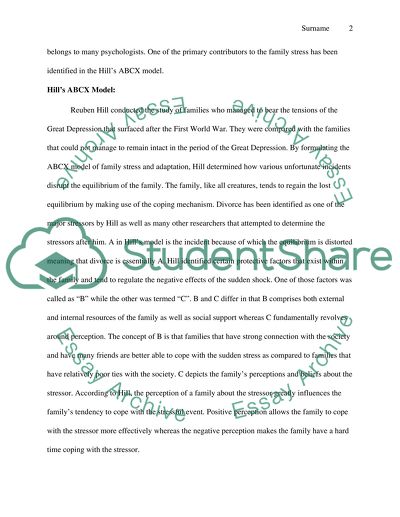Cite this document
(“Uncoupling: Seperation and Divorce Research Paper”, n.d.)
Retrieved from https://studentshare.org/family-consumer-science/1423722-uncoupling-seperation-and-divorce
Retrieved from https://studentshare.org/family-consumer-science/1423722-uncoupling-seperation-and-divorce
(Uncoupling: Seperation and Divorce Research Paper)
https://studentshare.org/family-consumer-science/1423722-uncoupling-seperation-and-divorce.
https://studentshare.org/family-consumer-science/1423722-uncoupling-seperation-and-divorce.
“Uncoupling: Seperation and Divorce Research Paper”, n.d. https://studentshare.org/family-consumer-science/1423722-uncoupling-seperation-and-divorce.


